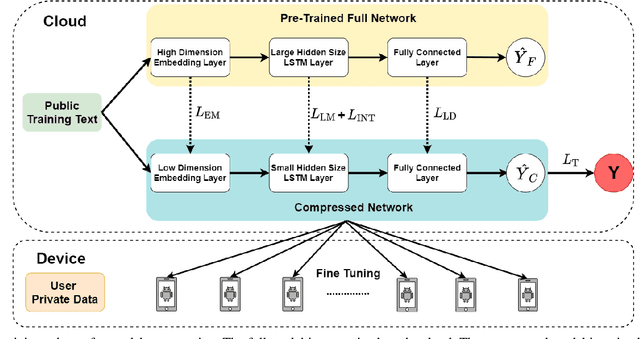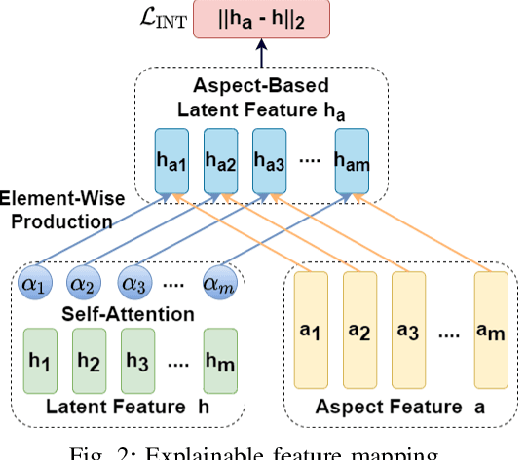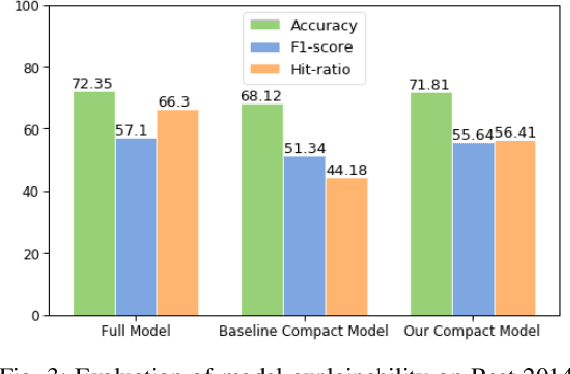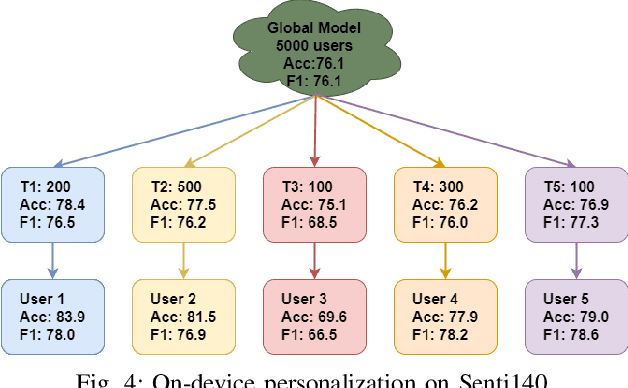Marco Brocanelli
Rethinking Energy Management for Autonomous Ground Robots on a Budget
Feb 03, 2025



Abstract:Autonomous Ground Robots (AGRs) face significant challenges due to limited energy reserve, which restricts their overall performance and availability. Prior research has focused separately on energy-efficient approaches and fleet management strategies for task allocation to extend operational time. A fleet-level scheduler, however, assumes a specific energy consumption during task allocation, requiring the AGR to fully utilize the energy for maximum performance, which contrasts with energy-efficient practices. This paper addresses this gap by investigating the combined impact of computing frequency and locomotion speed on energy consumption and performance. We analyze these variables through experiments on our prototype AGR, laying the foundation for an integrated approach that optimizes cyber-physical resources within the constraints of a specified energy budget. To tackle this challenge, we introduce PECC (Predictable Energy Consumption Controller), a framework designed to optimize computing frequency and locomotion speed to maximize performance while ensuring the system operates within the specified energy budget. We conducted extensive experiments with PECC using a real AGR and in simulations, comparing it to an energy-efficient baseline. Our results show that the AGR travels up to 17\% faster than the baseline in real-world tests and up to 31\% faster in simulations, while consuming 95\% and 91\% of the given energy budget, respectively. These results prove that PECC can effectively enhance AGR performance in scenarios where prioritizing the energy budget outweighs the need for energy efficiency.
GeoSAM: Fine-tuning SAM with Sparse and Dense Visual Prompting for Automated Segmentation of Mobility Infrastructure
Nov 19, 2023



Abstract:The Segment Anything Model (SAM) has shown impressive performance when applied to natural image segmentation. However, it struggles with geographical images like aerial and satellite imagery, especially when segmenting mobility infrastructure including roads, sidewalks, and crosswalks. This inferior performance stems from the narrow features of these objects, their textures blending into the surroundings, and interference from objects like trees, buildings, vehicles, and pedestrians - all of which can disorient the model to produce inaccurate segmentation maps. To address these challenges, we propose Geographical SAM (GeoSAM), a novel SAM-based framework that implements a fine-tuning strategy using the dense visual prompt from zero-shot learning, and the sparse visual prompt from a pre-trained CNN segmentation model. The proposed GeoSAM outperforms existing approaches for geographical image segmentation, specifically by 20%, 14.29%, and 17.65% for road infrastructure, pedestrian infrastructure, and on average, respectively, representing a momentous leap in leveraging foundation models to segment mobility infrastructure including both road and pedestrian infrastructure in geographical images.
Adversarially Robust and Explainable Model Compression with On-Device Personalization for Text Classification
Jan 20, 2021



Abstract:On-device Deep Neural Networks (DNNs) have recently gained more attention due to the increasing computing power of the mobile devices and the number of applications in Computer Vision (CV), Natural Language Processing (NLP), and Internet of Things (IoTs). Unfortunately, the existing efficient convolutional neural network (CNN) architectures designed for CV tasks are not directly applicable to NLP tasks and the tiny Recurrent Neural Network (RNN) architectures have been designed primarily for IoT applications. In NLP applications, although model compression has seen initial success in on-device text classification, there are at least three major challenges yet to be addressed: adversarial robustness, explainability, and personalization. Here we attempt to tackle these challenges by designing a new training scheme for model compression and adversarial robustness, including the optimization of an explainable feature mapping objective, a knowledge distillation objective, and an adversarially robustness objective. The resulting compressed model is personalized using on-device private training data via fine-tuning. We perform extensive experiments to compare our approach with both compact RNN (e.g., FastGRNN) and compressed RNN (e.g., PRADO) architectures in both natural and adversarial NLP test settings.
 Add to Chrome
Add to Chrome Add to Firefox
Add to Firefox Add to Edge
Add to Edge